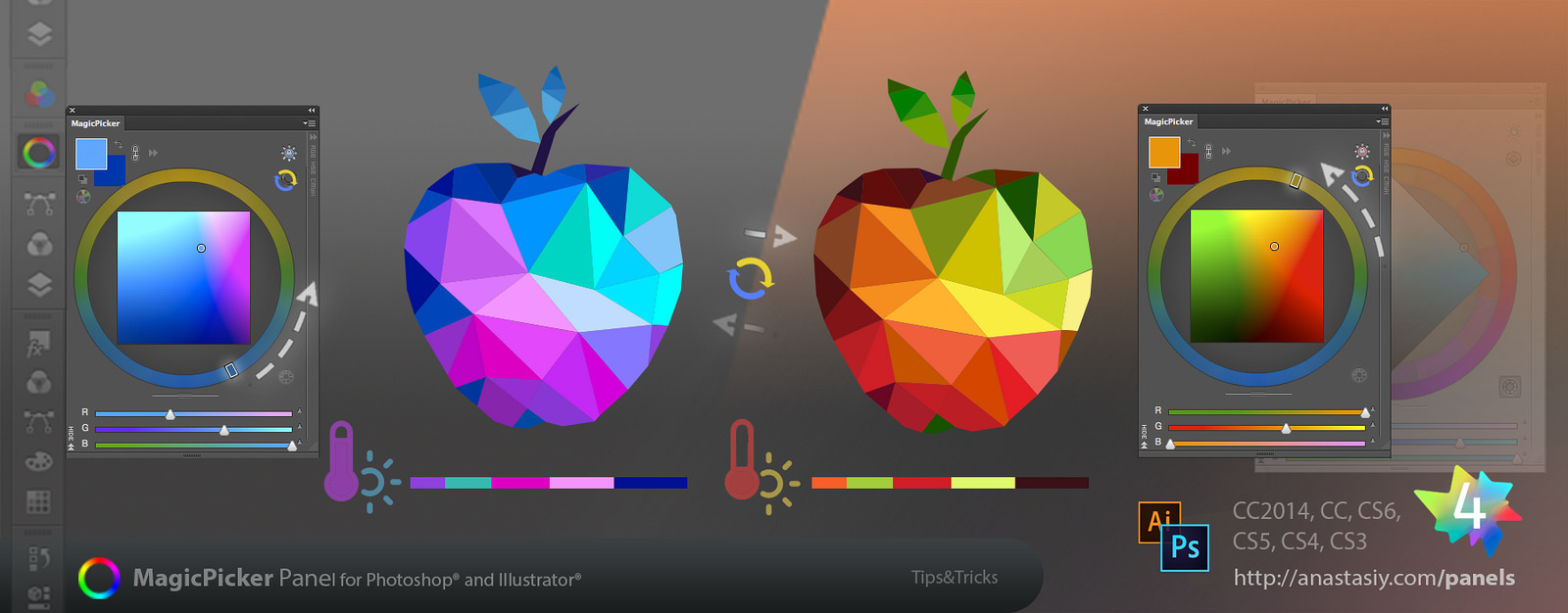Last July saw Adobe explain to the world how it arrived at the decision to kill Adobe Flash. Adobe realized that, as open standards such as WebAssembly, WebGL, and HTML5 have matured, most now offer many of the functionalities and capabilities that were pioneered by plugins and grew into a valid alternative for web content. Flash will cease to exist by 2021.
But can a company survive by losing one of its prime assets? It may still have a range of software products that it sells but, in terms of credibility and relevancy, the death of Flash has to be a blow. Fortunately for Adobe, it’s managed to stay one step ahead of its competition in other areas. Photoshop remains the most popular graphics program on the market and Adobe Premier appears to have overtaken Final Cut Pro as the editing software of choice.
Record revenues
The company’s subscription-based model doesn’t seem to have hurt its profits either. In fact, it’s had the opposite effect. The move appeared to be a risky one when the news first broke. Skeptics felt that it would eat into Adobe’s profits and customers were openly rebelling against the move. Revenue initially fell, by 8% in 2013, and stayed flat the following year. However, things eventually turned around. In last year’s fourth quarter, Adobe achieved a record revenue of $2.01bn, which accounts for 25% year-on-year growth.
In fact, the company earned record revenue both for a quarter and fiscal year in 2017. Adobe CFO and executive vice president Mark Garrett said that the company is increasing its target for this fiscal year, proving that Adobe is very intent on remaining the powerhouse it has always been. It’s so far, so good, as this year’s second quarter reached even greater profits at $2.20bn- a new record revenue. Profits continue to move in the right direction, according to the latest charts on eToro; the resource for people looking to trade stocks shows that Adobe presently looks like an attractive stock to invest in.
What next for Adobe?
Adobe has been one of the giants of software since its inception more than 35 years ago. As it appears to have withstood the early signs of a failed subscription-service and the death of its signature plugin, what does the future hold for the company? One thing on its agenda is refining how we interact with both art and technology. In fact, it has already-integrated AI capabilities with Creative Cloud through Adobe Sensei. This has dramatically enhanced the user features of such programs as Illustrator and Photoshop. Adobe is looking to go beyond digital, however, turning its attention towards making programs that combine digital with electronic design and 3D.
One program Adobe is considering is called Ellustrate. It’s essentially Illustrator for makers and allows people without electronic experience to design using LED lights. While the program remains under development, it has appeared at such conferences as UIST and has impressed, even in these early stages. As yet, however, it remains as a passion project for Adobe senior research scientist Mira Dontcheva.




